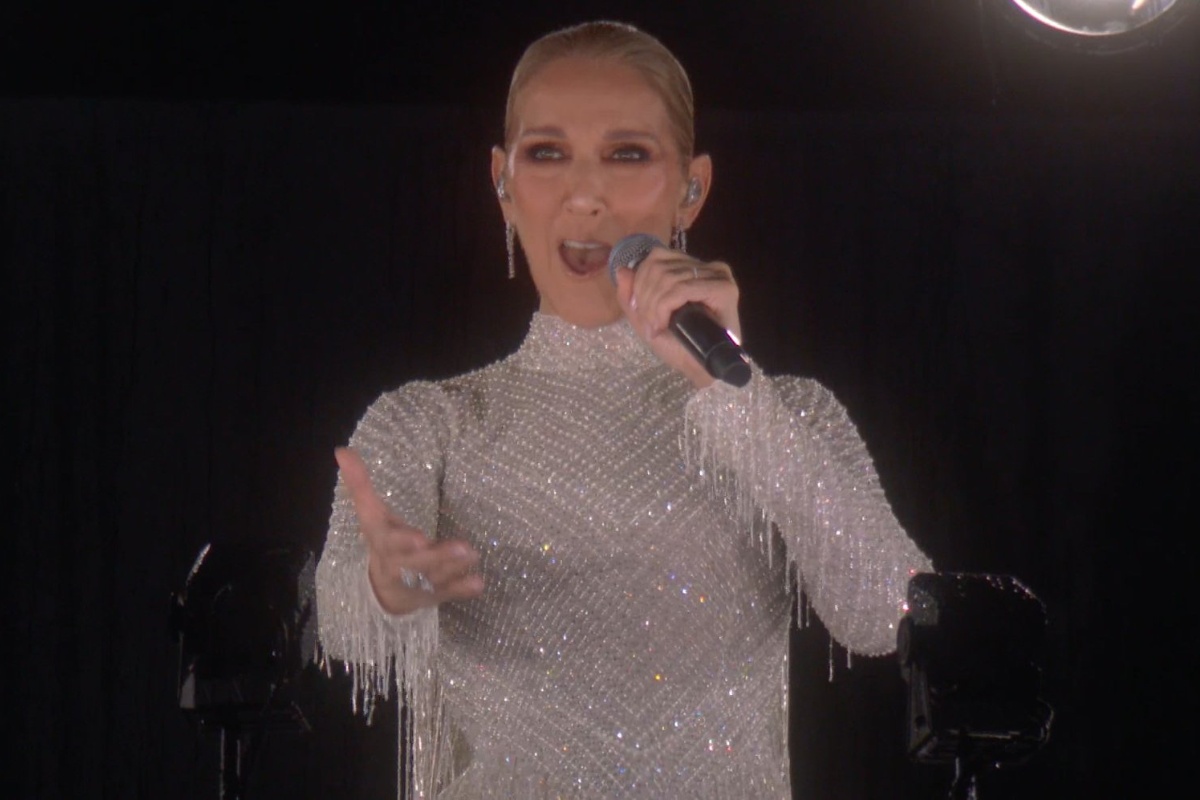Suddenly, five or six surround the surfers’ boards, diving on one side to come out on the other. From the surface, two small eyes and a huge smile can be seen: every summer, approximately 55,000 belugas migrate from Arctic waters to Hudson Bay in Canada.
The Canadian estuary allows these small white whales, which travel in packs, to give birth in these relatively warmer and safer waters.
Beneath the somewhat glaucous surface, the belugas enjoy the presence of tourists who come to Churchill to observe them. This small town of 800 inhabitants is not easily accessible, as only trains or planes go there.
For more than seven months a year, between November and June, the whole bay is completely frozen. The place is ideal for them: it protects them from killer whales and the estuaries are rich in food.
It is easy to distinguish the younger specimens because they are still gray next to the adults, which are white. Beneath the surface, they always seem to be smiling.
But what surprises the most is their communication, which can sometimes be heard from the surface.
– Hydrophone –
Nicknamed “sea canaries” because of the approximately 50 vocalizations (hissing, crackling, buzzing) they emit, they are “social” animals, with a “very complex communication system”, explains Valeria Vergara, who studies them For years.
“The beluga is a species focused on sound. It is, for them, like a vision for us”, explains the researcher from the Raincoast Conservation Foundation.
Attentive to the hydrophone loudspeaker, this 53-year-old scientist tries to decipher the variety of sounds that emerge from the depths. For the ear of a layman, it is a surprising and cacophonous whole.
“They use sound to communicate, but also to find their way, to find their way, their food”, adds the specialist, who has learned to recognize “the contact cries” used by mothers to guide their young.
The newborns, who are 1.80 meters tall and weigh 80 kilos, have been dependent on their mother for two years. In adulthood, this mammal, which usually thrives in the icy waters of Greenland and northern Canada, Norway and Russia, can reach six meters and live between 40 and 60 years.
The Hudson Bay beluga population is the largest in the world. But the shrinking of glaciers due to climate change, in a region that is warming three to four times faster than the rest of the planet, worries researchers.
tib/ube/dl/gm/dbh/ltl/mvv
© Agence France-Presse

“Internet fanatic. Evil organizer. Tv fanatic. Explorer. Hipster-friendly social media junkie. Certified food expert.”







